Traveling with Pet Birds

My budgerigar Tribble traveled quite a bit with me during his nine years as I went back to school, changed schools, got married, got divorced, and went back home to Massachusetts where our journey had begun. Driving in the car for days, or flying across the country, can be stressful enough without worrying about a pet bird, but with some precautions it can be a safe trip for both the owner and the bird.
TRAVELING IN STYLE
It is best to put a bird in a carrier than to keep the bird in its cage for road trips, especially one that may take less than a day. Airline regulations state that a bird, or any other pet for that matter, must travel in an approved carrier that can either be placed under the seat in front of the owner or checked in with baggage. Because pet parrots are so intelligent and therefore can be easily stressed, it is best if the bird can fly with the owner in the cabin if the bird is not too large like a macaw. During the flight, the owner can talk to the bird and scratch it through the bars to keep the bird calm. No matter what type of carrier is used, it must be large enough for the bird to be able to turn around freely and very sturdy which is especially important for larger birds that have very strong bills.
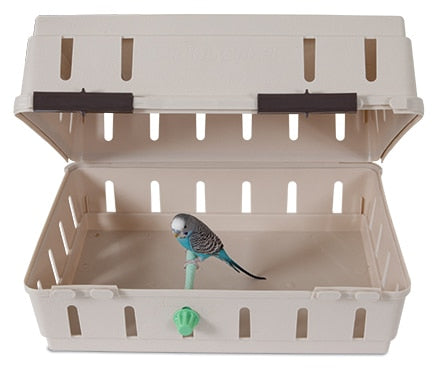
GETTING A GRIP
Once a carrier has been chosen, some type of perch, if one is not included, that is easy for the bird to grip to should be added. Be sure it is fitted in very tightly so that a pothole won’t cause it to fall. On smaller carriers, wooden perches that go right through the holes on the sides work well. It is best to keep the perch close to the bottom of the carrier when possible. If the bird cannot stay with the owner during a flight for instance, then it is probably best not to use any perch at all. Never use any swings or other movable items in any carrier as they will most likely move wildly around with any turbulence and can cause harm to the bird.
FOOD FOR THE TRIP
If the trip is longer than three or four hours, some food and water should be made available to the bird. Cups that can be attached to the door or side of the carrier at the bottom are the only ones that should be used. Deeper cups will keep the carrier cleaner, and water can be kept at a low level to prevent most spills. Some customers can give a slice of orange or other watery fruit to their bird during flights, but this will only work if the bird has eaten this food before on a regular basis. The owner should bring water from the tap or bottled water to use in the bird’s dish during travel time so the bird is not given different water from different areas on a trip that may cause a health problem. If the owner is moving, then mixing some ‘old’ water in with the water at the new place is also a good idea for the first few days.
KEEPING THE BIRD COMFORTABLE
Birds can be kept in their own cage if it is a long journey and the cage can be well secured inside the vehicle. The best spot is on the back seat with the seat belt placed around the cage, or some other stronger tie if the bird is large and can chew the seat belt. Any items in the cage that can swing around easily, like toys, need to be removed before the trip. Be sure that wherever the bird cage is placed is a spot that can be kept cool in hot weather or warm in cold weather. If the sun is going to come into the side of the vehicle where the cage is placed, then move the cage to the other side or place a towel over the window or over the side of the cage getting the direct sun. When I moved from Massachusetts to Illinois, I was pulling a large trailer and my truck would overheat if I ran the air conditioner. During this time it was unfortunately over 90 degrees in Ohio and Indiana so I brought a water sprayer with me to mist Tribble once in a while to keep him from getting too hot (and myself as well!). Since most pet birds are from warm climates and as long as they are kept out of the direct sun and have enough water, they should do fine but still should be watched carefully when traveling in warmer weather. Note: never leave a bird unattended in a vehicle in warm or hot weather.
PREPARING FOR EMERGENCIES
Pet bird owners should also bring some items in case an emergency occurs. Towels to wrap the bird in are important if the bird injures its wing and needs to be kept as immobile as possible until it can be brought to a bird veterinarian. An oral syringe along with some regular sugar that can be mixed with water (one part sugar to four or five parts water) can be a lifesaver for a bird that has gotten too stressed during a long trip and needs energy quickly. This can be especially problematic for smaller birds like canaries and finches.
The most important item that a bird owner should always have with them in case of an emergency is a product that will stop bleeding quickly like a styptic powder that will cause blood to clot. Cornstarch or flour may do in a pinch but will never work as well as a styptic powder made for this purpose. Birds can easily break a blood feather or nail on a trip and they cannot afford to lose much blood. I had a bird break her nail on a plane and did not have any blood clot product with me so had to put pressure on the bird’s toe just above the hard nail for almost a half an hour to stop the bleeding. A flight attendant saw me holding the bird and said I had to put it back in the carrier, but I told her I couldn’t until the bleeding had stopped. I was saved because I did clip the wings before the flight and told that to the attendant’s supervisor who then let me keep the bird out.
It is best that any bird going on a trip should have its wings clipped before they travel so if the carrier should break or the door falls open, the pet will not be lost. It’s extremely difficult to get a pet bird back when they escape out of the owners’ home, so the chance of recovering a bird while traveling is almost impossible. Last but not least, if the bird is traveling by plane or crossing state lines in a vehicle, the owner must get a veterinarian health certificate usually within ten days before traveling with their pet bird.
– Robyn Bright, avian behaviorist
Previous article
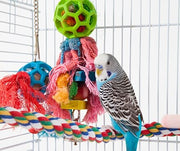
Next article
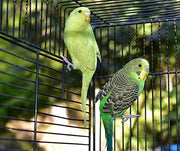
Related posts
View all-

5 Simple Tips to Make Sure Your Cat Drinks Enough Water
Ensuring your cat stays hydrated is important, but it can be challenging since many cats don't drink enough water. Dehydration can lead to kidney disease and other health issues. Fortunately, you can encourage your cat to drink more with a few simple changes. Read Article -
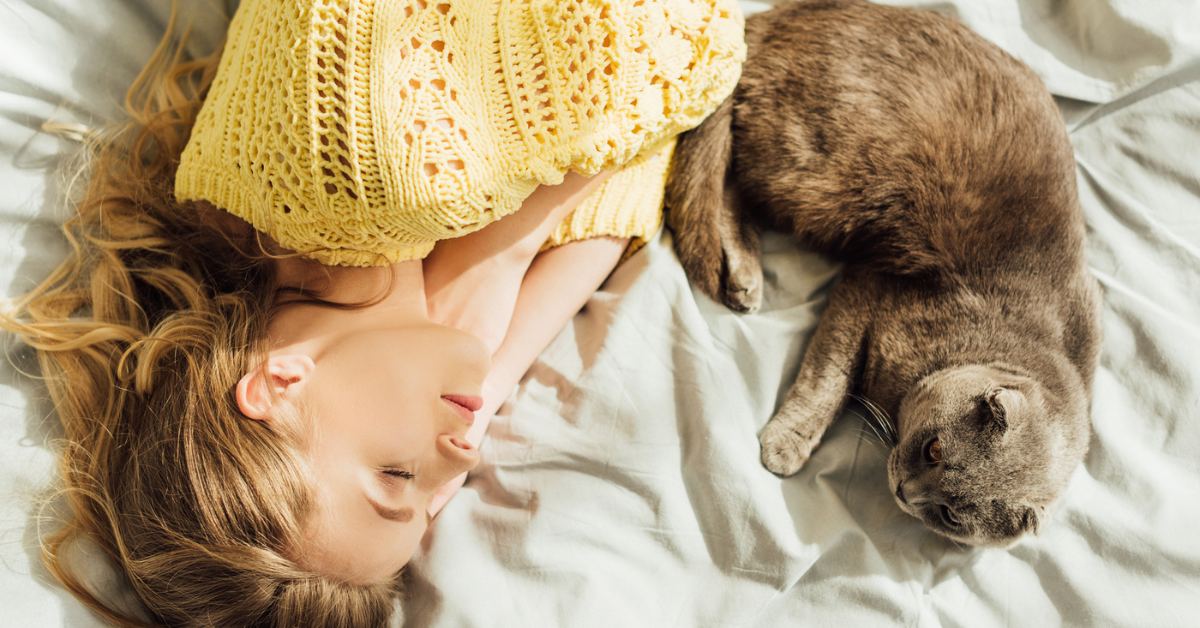
How to Keep Your Cat Busy at Night (So You Can Sleep)
For many cat owners, the quest for a good night's sleep while keeping their feline friends content and engaged can seem like a never-ending battle. Cats, naturally more active at night or early in the morning, often disrupt your sleep schedules with nocturnal activity, whether through playful nature or seeking attention. Read Article -
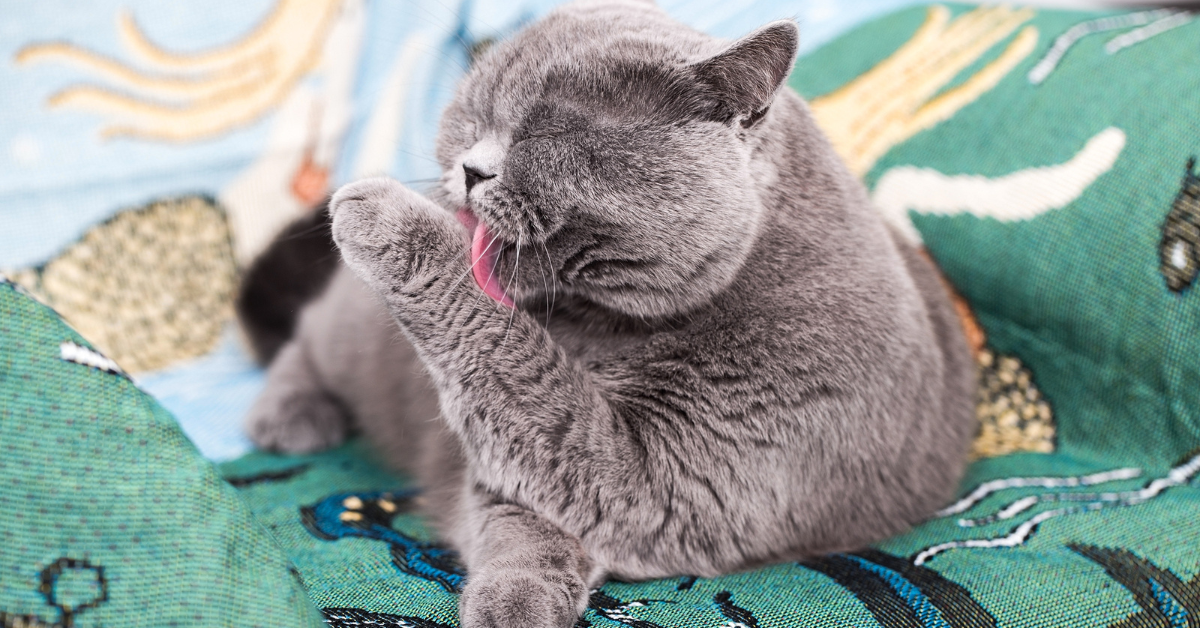
Should You Bathe Your Cat? Everything You Need to Know About Cat Hygiene
When it comes to cat hygiene, a common question among cat owners is, "Should you bathe your cat?" Understanding how to care for felines, especially bathing cats properly, is crucial for maintaining their overall health. Most cats are fastidious groomers, but specific scenarios like long-haired cats getting dirty or skin irritations, might require a bath.
Read Article



